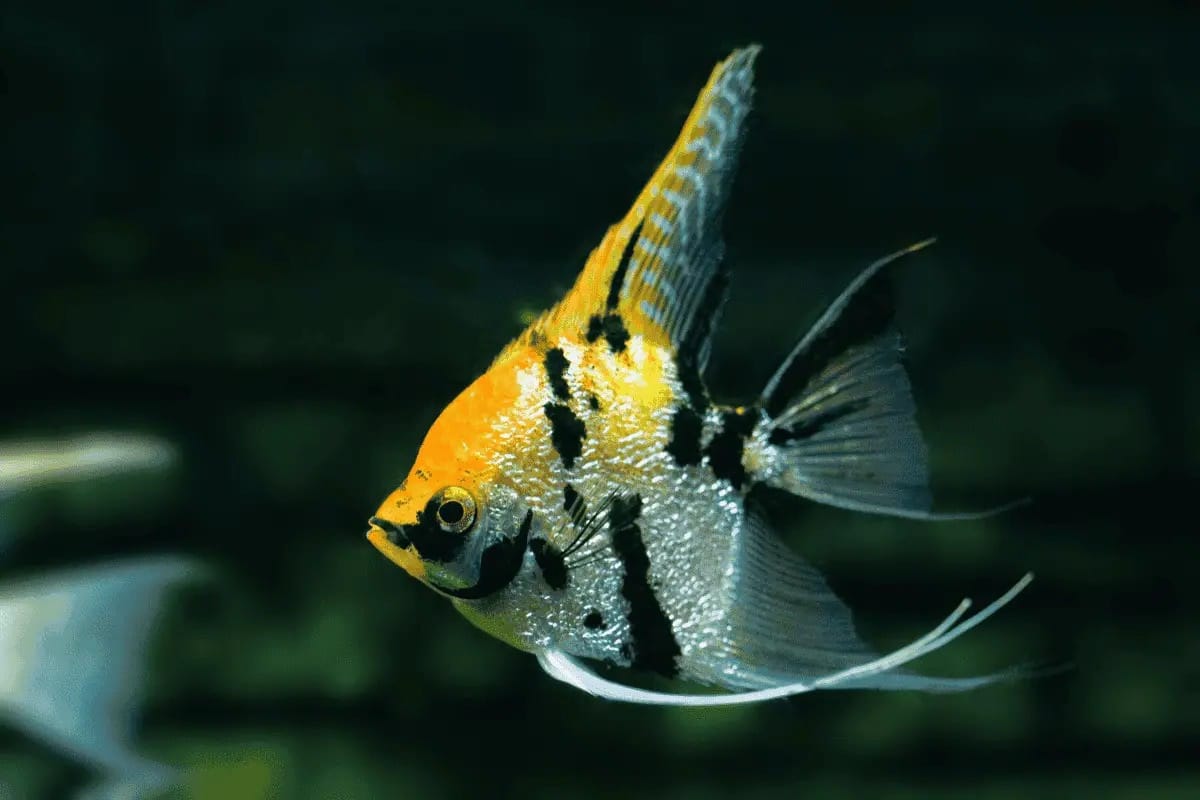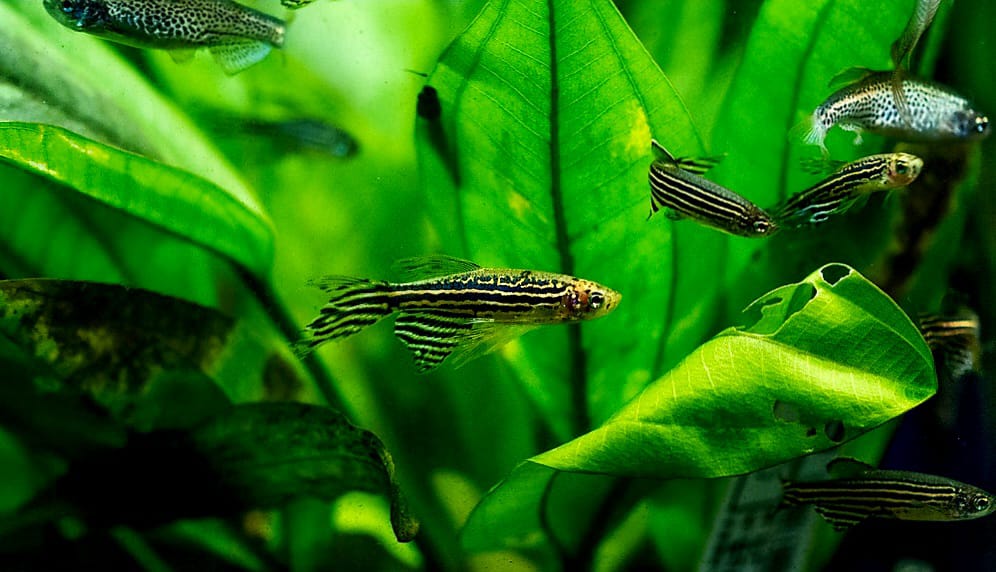Platy fish, also known simply as “Platies,” are one of the most popular freshwater aquarium fish for beginners. Their vibrant colors, peaceful temperament, and ease of care make them a fantastic choice for anyone starting in fishkeeping.
This guide covers everything you need to know about Platies—from their history and diet to tank setup, breeding, and compatible tank mates.
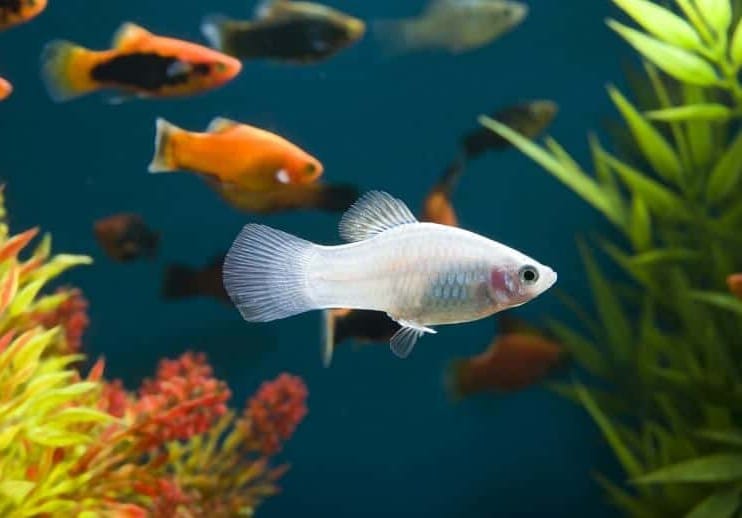
Table of Contents
Introduction
Platy fish are small, colorful, and lively community fish that thrive in freshwater aquariums. They are peaceful, adaptable, and easy to breed, which makes them a favorite for both beginners and experienced aquarists.
With their playful personalities and low-maintenance care needs, Platies bring vibrant life and activity to any home aquarium.
History and Origin
Platy fish (Xiphophorus maculatus and Xiphophorus variatus) originate from Central America, particularly in Mexico, Guatemala, and Honduras. They inhabit slow-moving rivers, canals, and ditches with plenty of plants.
In the aquarium trade, Platies have been selectively bred for decades to produce a wide variety of colors and fin shapes, making them one of the most diverse and popular species available.
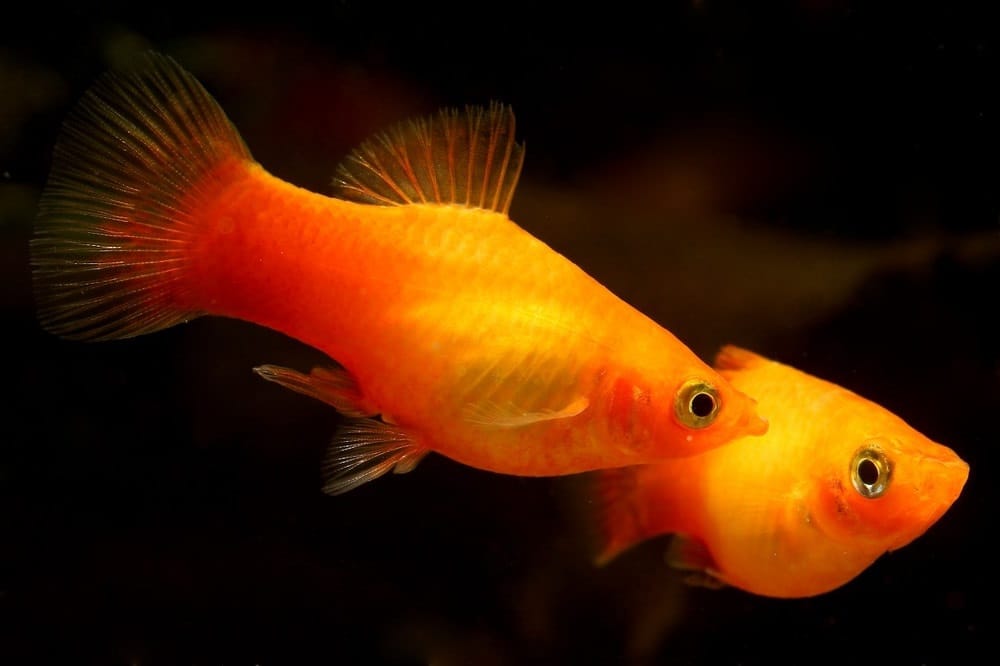
Why Platy Fish Are Popular
Platy fish are popular because of their:
- Hardiness: Adapt easily to different water conditions.
- Peaceful Nature: Perfect for community tanks.
- Variety: Come in many colors and fin types (Sunset, Mickey Mouse, Red Wag, etc.).
- Ease of Breeding: Livebearers that reproduce easily.
- Beginner-Friendly: Low-maintenance and affordable.
Freshwater or Saltwater Fish?
Platy fish are freshwater fish. They thrive in clean, well-maintained aquariums with stable water conditions. While they can tolerate slightly brackish water, they are not true saltwater fish.
Physical Characteristics
Platies are small but colorful fish with different variations due to selective breeding.
- Size: Typically 2–3 inches long.
- Color: Wide range, including red, yellow, orange, black, and spotted varieties.
- Body Shape: Short, stocky body with fan-shaped tails.
- Lifespan: 3–5 years with proper care.
Choosing the Right Platy Fish
When buying Platy fish, keep these tips in mind:
- Health: Look for active swimmers with bright colors and no torn fins.
- Eyes and Scales: Clear eyes and shiny, intact scales are signs of health.
- Group Size: Platies are social—keep at least 3 to 6 together.
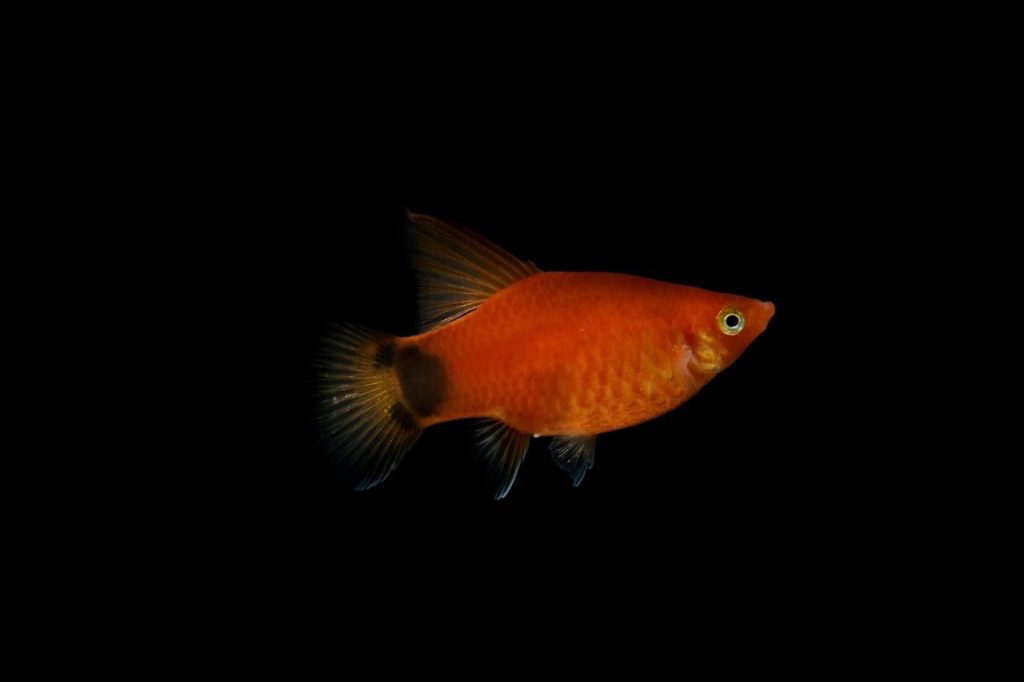
Diet and Nutrition
Platies are omnivores and enjoy a varied diet.
- Staple: High-quality flakes or micro-pellets.
- Protein: Supplement with brine shrimp, bloodworms, or daphnia.
- Vegetables: Blanched spinach, cucumber, or zucchini.
- Feeding Schedule: 1–2 times per day, offering only what they can eat in 2 minutes.
Fun Facts About Platy Fish
- Platies are livebearers—they give birth to free-swimming fry.
- They can breed with swordtails, producing hybrid offspring.
- Platies are very peaceful and rarely nip fins.
- Selective breeding has created dozens of stunning color variations.
Platy Fish Tank Requirements
- Tank Size: At least 10 gallons for a small group.
- Water Quality: Temperature 70–77°F (21–25°C), pH 7.0–8.2.
- Filtration: Gentle filter with good oxygenation.
- Substrate & Plants: Gravel or sand substrate with live plants like Java fern and hornwort.
- Lighting: Moderate lighting to encourage plant growth.
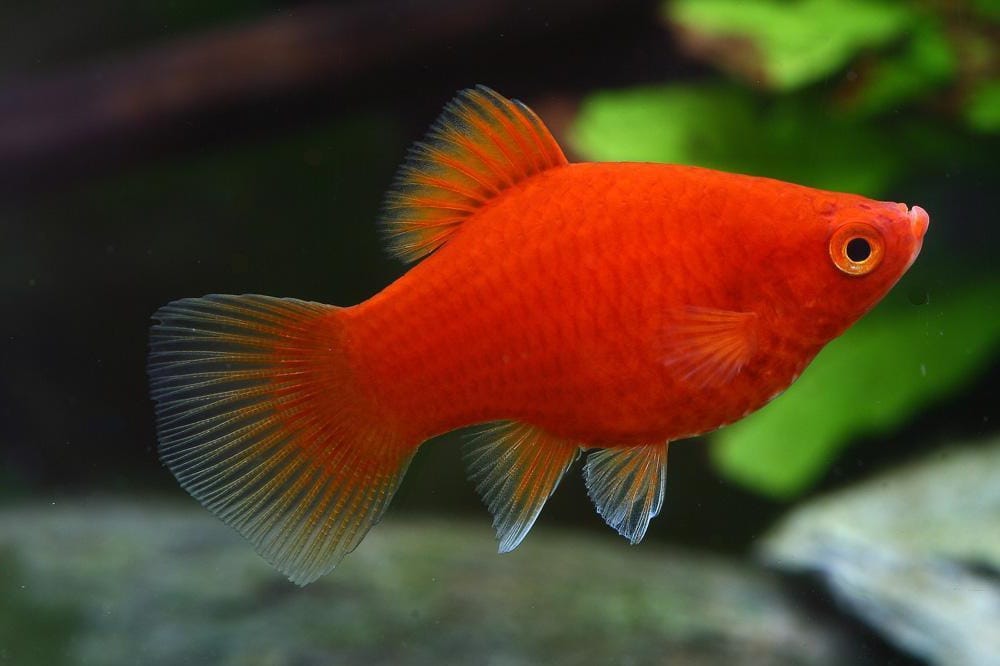
Are Platy Fish Aggressive?
No, Platies are not aggressive. They are peaceful and get along well with other community fish. However, males may occasionally chase females during breeding. Keeping a ratio of 2–3 females per male prevents stress.
Compatible and Incompatible Tank Mates
Compatible Tank Mates:
- Guppies
- Mollies
- Swordtails
- Corydoras Catfish
- Neon Tetras
- Snails and Shrimp
Incompatible Tank Mates:
- Large or aggressive cichlids
- Predatory fish
- Fin-nipping species like Tiger Barbs
Platy Fish Behavior and Social Traits
- Active Swimmers: Constantly exploring the tank.
- Social: Enjoy being in small groups.
- Playful: Often interact with each other in peaceful chases.
- Breeders: Males actively court females throughout the year.
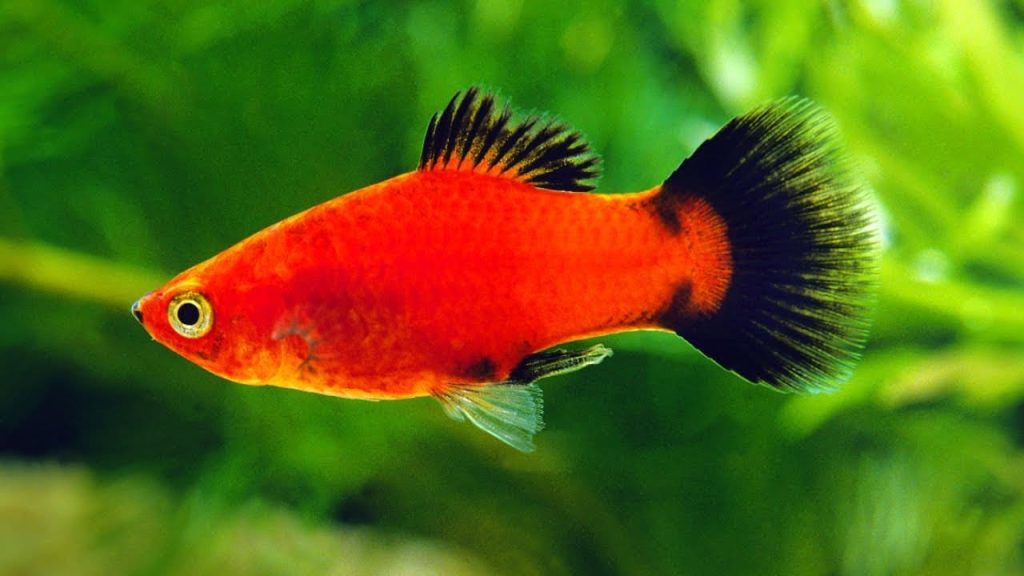
Common Platy Fish Health Problems
- Ich (White Spot Disease): Caused by parasites; treat with medication and adjust the water temperature.
- Fin Rot: Due to poor water quality, prevent it with clean water.
- Dropsy: Bloating from internal infections; often fatal if untreated.
- Velvet Disease: Golden dust-like spots on the body; requires immediate treatment.
Prevention Tips:
- Keep water clean and stable.
- Quarantine new fish.
- Avoid overfeeding.
- Provide a balanced diet.
Challenges Breeders Face
- Protecting fry from adult fish, as Platies may eat their young.
- Maintaining enough hiding spots with plants or breeding nets.
- Ensuring water quality for fry survival.
- Feeding fry with baby brine shrimp or powdered fry food.
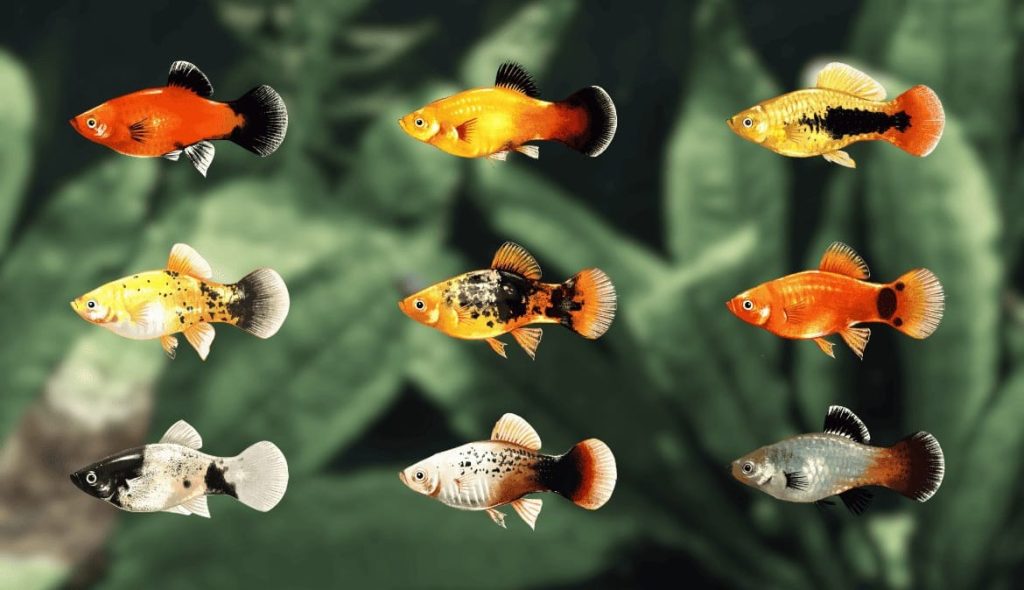
Advantages for Platy Fish Breeders
- Breed easily in captivity.
- It can produce large numbers of fry.
- Fry grow quickly under good conditions.
- Wide market demand due to their popularity.
Platy Fish Myths and Misconceptions
- Platies Can Live Alone: False. They are social and do best in groups.
- They Don’t Need Plants: While hardy, they thrive in planted tanks.
- Only for Beginners: Not true—they are loved by both new and experienced aquarists.
- All Platies Look the Same: False! There are dozens of beautiful varieties.
Learn More About Fish Breeds
Understanding different fish breeds is essential for providing the best care, as each species has unique requirements for habitat, diet, and social behavior.
If you are interested in learning more about Goldfish, check out our in-depth guide: Goldfish Care Guide.
If you’d like to know about Betta Fish, you can read: Betta Fish for Beginners: A Complete Care Guide.
Guppies are another popular freshwater fish—learn more in Guppy Fish for Beginners: Why They’re the Perfect Starter Pet.
If you love Neon Tetras, check out our article: Neon Tetras Care Guide: Tank Setup, Diet & Health Tips.
And if you’d like to know about the active and colorful Zebra Danio, don’t miss: Zebra Danio Care Guide: Tank Mates, Diet & Behavior Explained.
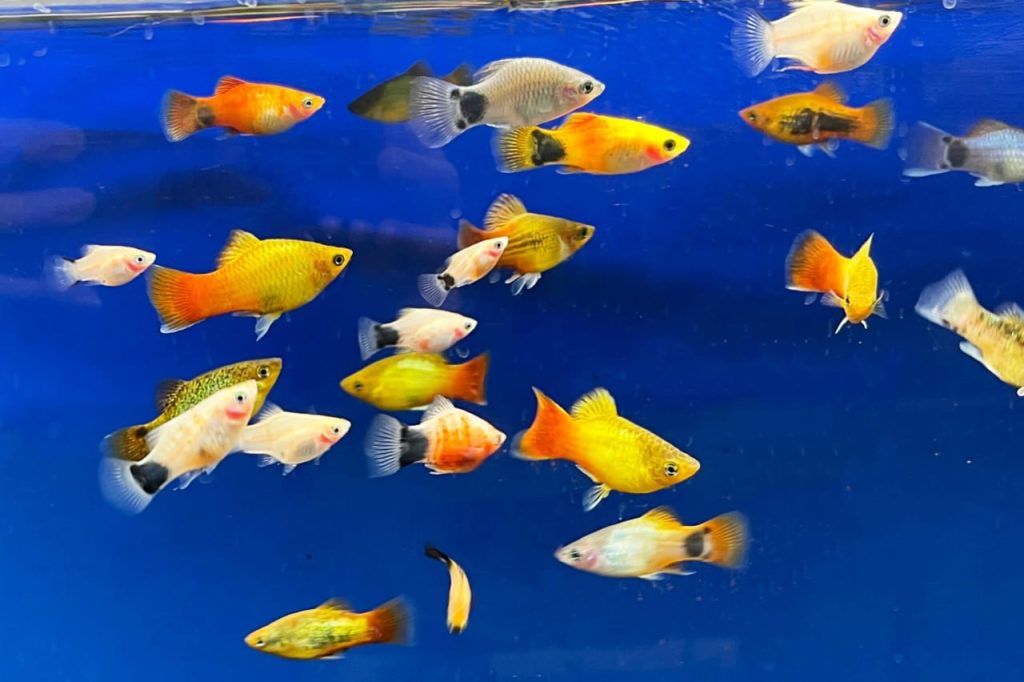
Final Thoughts
Platy fish are colorful, hardy, and peaceful, making them one of the best freshwater fish for beginners. Their variety of colors, playful nature, and ease of care ensure they bring life and charm to any aquarium.
With the right tank setup, proper diet, and compatible companions, Platies will thrive and reward you with years of enjoyment.
FAQs
Are Platies good for beginners?
Yes, they are hardy, affordable, and easy to care for.
Do Platies need a heater?
Yes, they prefer stable warm temperatures between 70–77°F.
How long do Platies live?
With proper care, Platies live 3–5 years.
Can Platies live with Guppies?
Yes, they are peaceful and make excellent tank mates.
Do Platies eat their babies?
Yes, they may eat their fry, so hiding spots or breeding nets are recommended.

